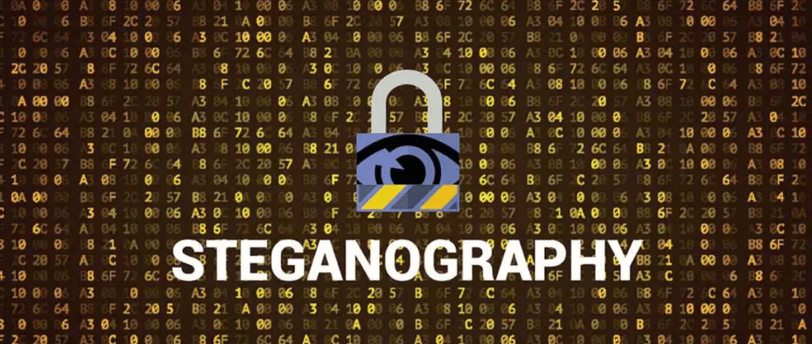Stegdetect for Steganography
GUIDES
12/18/20233 min read


Introduction
Forensic analysis plays a crucial role in uncovering hidden information and identifying potential threats in digital media. Steganography, the practice of concealing information within other files, has become increasingly prevalent in today's digital landscape. To combat this, digital forensic investigators rely on specialized tools like Stegdetect to detect and analyze hidden information within files.
What is Stegdetect?
Stegdetect is an open-source software tool designed to detect steganographic content in digital media. Developed by Niels Provos, this powerful tool employs various steganalysis techniques to identify hidden information within files, such as images and audio files.
Installing Stegdetect
Before you can start using Stegdetect, you need to install it on your system. Follow these steps to get started:
- Visit the official Stegdetect website at https://github.com/abeluck/stegdetect.
- Click on the "Clone or download" button and select "Download ZIP" to download the latest version of Stegdetect.
- Extract the downloaded ZIP file to a location of your choice.
- Open a terminal or command prompt and navigate to the extracted folder.
- Run the following command to compile Stegdetect:
makeIf the compilation is successful, you can proceed to the next step.
Using Stegdetect
Stegdetect offers a range of options and parameters to customize the analysis process. Here's a step-by-step guide on how to use Stegdetect for forensic analysis:
Step 1: Prepare the Files
Ensure that the files you want to analyze are in a separate directory. Stegdetect supports various file formats, including JPEG, BMP, WAV, and AU. It's important to note that Stegdetect only analyzes one file at a time, so you may need to create a script or use a batch file to process multiple files automatically.
Step 2: Run Stegdetect
Open a terminal or command prompt and navigate to the folder where you extracted Stegdetect.
To analyze an image file, use the following command:
./stegdetect -t <threshold> <path/to/image/file>Replace <threshold> with the desired sensitivity level, which ranges from 1 to 8. A higher threshold increases the likelihood of false positives, while a lower threshold may result in false negatives. Experiment with different threshold values to find the optimal balance for your analysis.
To analyze an audio file, use the following command:
./stegdetect -a <path/to/audio/file>Stegdetect will analyze the file and provide a report indicating whether steganographic content is detected or not.
Step 3: Analyze the Results
Once Stegdetect completes the analysis, it generates a report detailing its findings. The report includes information such as the file name, the presence or absence of steganographic content, and the likelihood of false positives.
Review the report carefully and consider further analysis if steganographic content is detected. Stegdetect provides a valuable starting point for identifying potential hidden information, but additional forensic techniques may be necessary for a more thorough investigation.
Best Practices for Using Stegdetect
Here are some best practices to keep in mind when using Stegdetect for forensic analysis:
1. Understand the Limitations
While Stegdetect is a powerful tool, it has its limitations. It cannot detect all forms of steganography, especially those that use advanced techniques or encryption. Therefore, it's important to combine Stegdetect with other forensic tools and techniques to ensure a comprehensive analysis.
2. Use Multiple Threshold Levels
Experiment with different threshold levels to achieve the desired balance between false positives and false negatives. Lower thresholds may be suitable for sensitive investigations, while higher thresholds may be more appropriate for a broader analysis.
3. Keep the Original Files Intact
Always work with copies of the original files to avoid unintentional modifications. This ensures that the integrity of the evidence is preserved throughout the analysis process.
4. Stay Up-to-Date
Regularly check for updates and new releases of Stegdetect to benefit from the latest improvements and bug fixes. The field of steganography is constantly evolving, and staying up-to-date is crucial for effective forensic analysis.
5. Combine with Other Tools
Stegdetect is just one tool in a forensic investigator's arsenal. To enhance your analysis capabilities, consider using other specialized tools and techniques that complement Stegdetect, such as metadata analysis, file carving, and network forensics.
Conclusion
Stegdetect is a valuable tool for forensic investigators seeking to detect steganographic content within digital media. By following the installation and usage guidelines outlined in this guide, you can effectively incorporate Stegdetect into your forensic analysis workflow. Remember to combine Stegdetect with other tools and techniques for a comprehensive investigation, and always stay informed about the latest developments in the field of steganography.
